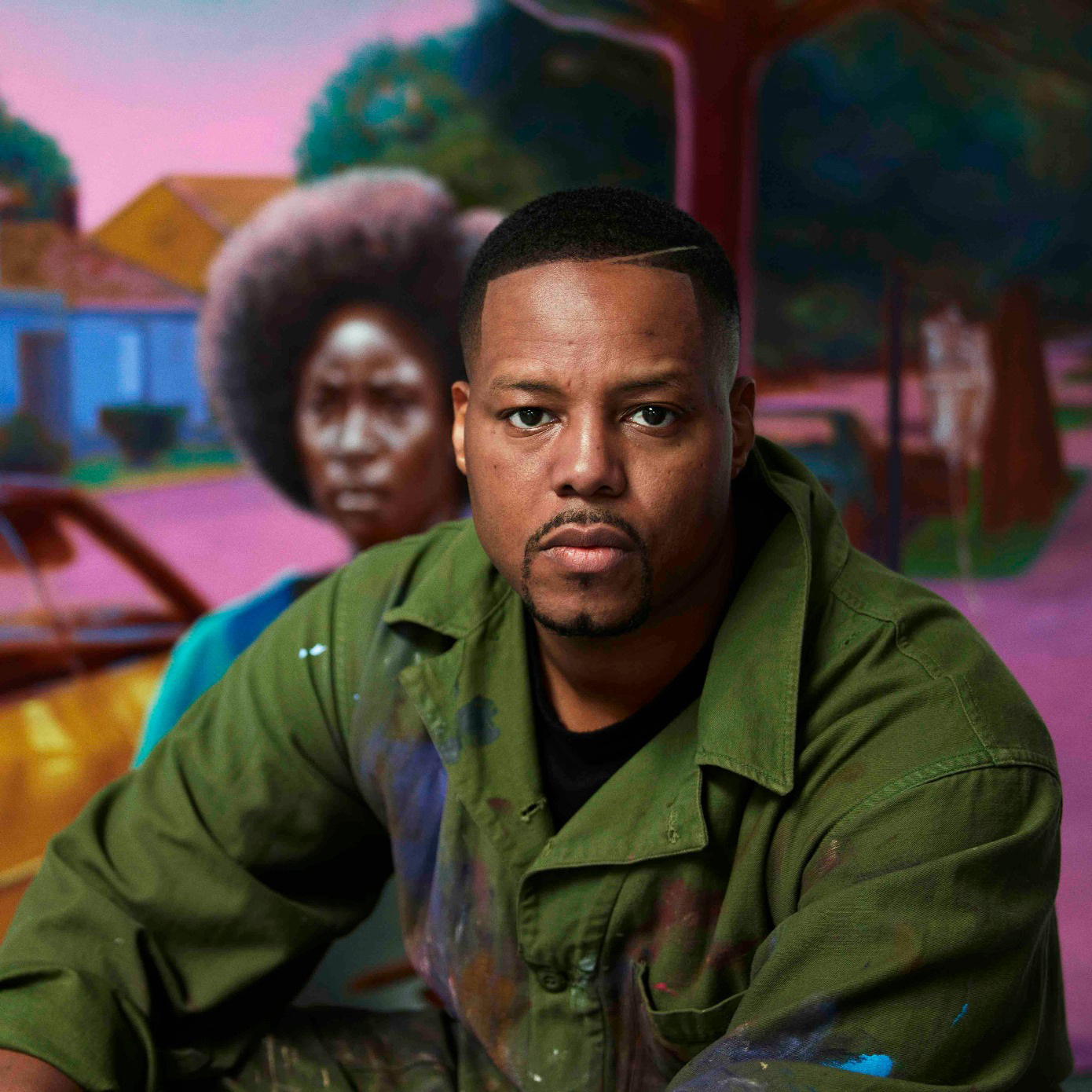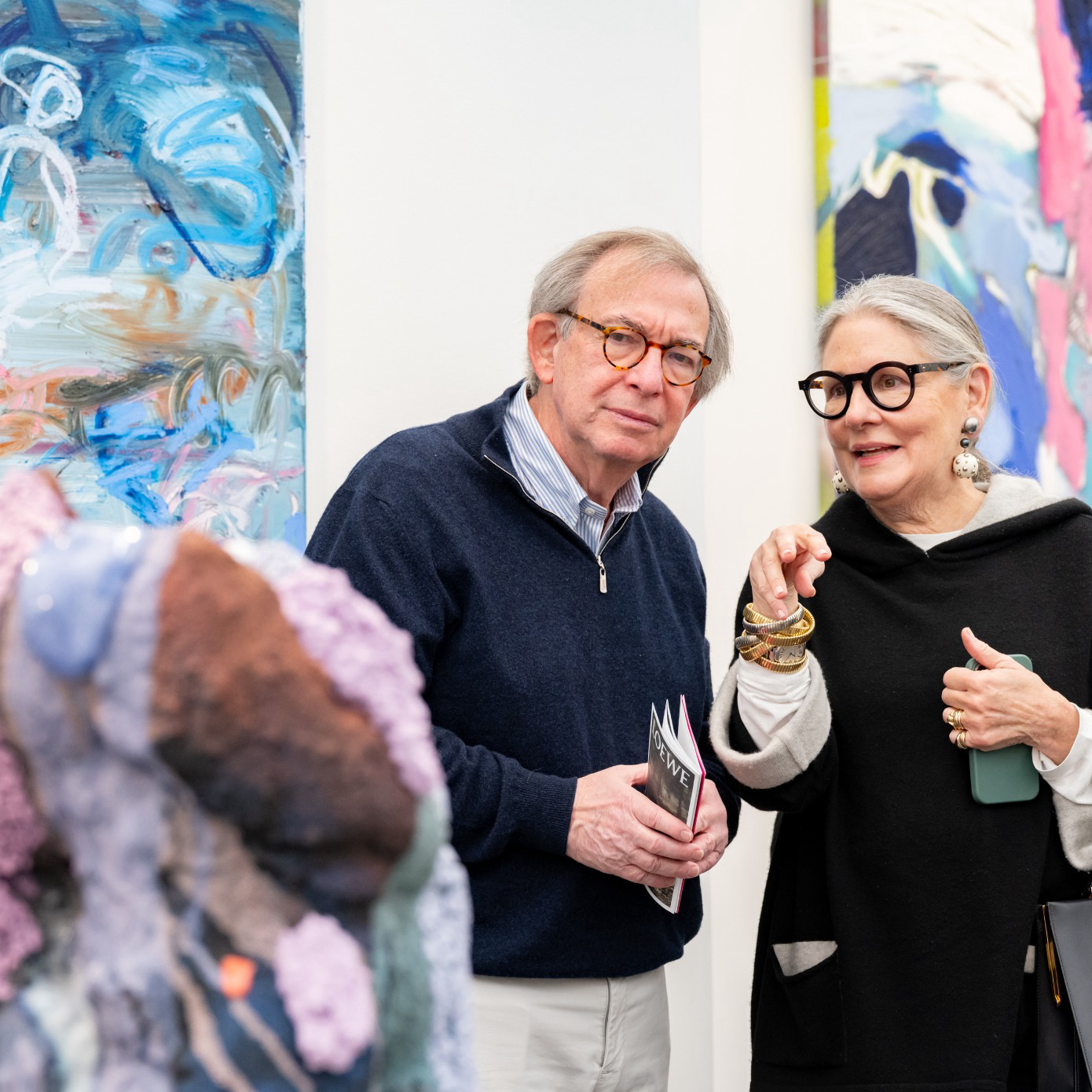
This fall, Hauser & Wirth is mounting a three-floor examination of the Italian art movement Arte Povera at its West 22nd Street space in New York. Curated by collector Ingvild Goetz, the show will include 150 works from artists integral to the late-1960s and 1970s art movement, including Alighiero Boetti, Pier Paolo Calzolari, Marisa Merz, Giuseppe Penone, Giovanni Anselmo and more.
Although the show is timed to coincide with the 50th anniversary of Arte Povera, it also represents something more significant about the gallery and its mission, says Hauser & Wirth Vice President Marc Payot. “The radicalism of that movement—the artists' daring to do things differently against a backdrop of very tumultuous social and political realities, their engagement with materials and elements of nature and modernity, their daring in connecting the present to history—feels very, very close to what we do at Hauser & Wirth, and what we dream of doing,” he says.
That dream began in 1992, when Iwan Wirth, Manuela Wirth and Ursula Hauser opened their first gallery in Zurich. Over the next 15 years they expanded the enterprise to include galleries in London, Somerset, New York and, as of last year, Los Angeles. The scale of the California space, which includes a garden and a restaurant, is part of what has led some observers to compare the gallery’s efforts to that of a museum. “Art, food, social gathering, learning, adapting existing architectural space, and engaging nature are all typically elements of how artists live,” says Payot, “and therefore, we want to be and do the same.”

The other reason Hauser & Wirth often garners comparisons to museums is the art-historical gravitas of many of its exhibitions. Today the gallery represents the estates of seminal figures including Eva Hesse, David Smith and Philip Guston. When Guston’s daughter, Musa Mayer, was looking for a gallery to handle the late artist’s estate after his representative of 40 years, David McKee, shuttered his gallery in New York, she saw the benefits of moving to a global powerhouse. Hauser & Wirth “clearly had an international reach and possessed the resources to bring Philip Guston to a much wider audience,” she says.
In the ensuing two years, the gallery has staged a show of Guston’s lesser-known paintings from 1957 to 1967 in New York, his satirical drawings in London and his works related to poetry at the Gallerie dell’Accademia in Venice. “So in less than two year’s time, three major exhibitions have come from our new collaboration with Hauser & Wirth,” Mayer says.
Highlighting the relationship between art and the world around it is the key to ensuring that both the gallery and its artists remain relevant. “We always work to propose fresh ways of seeing the art,” says Payot. “That has been the case from day one, the gallery has mounted curated museum-style shows since 1992 when we began.”




